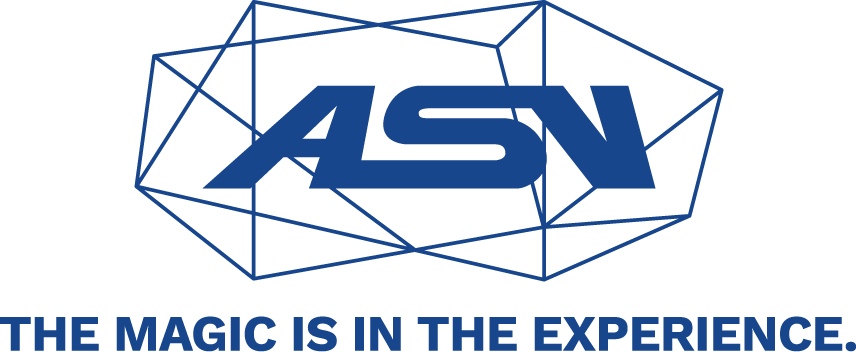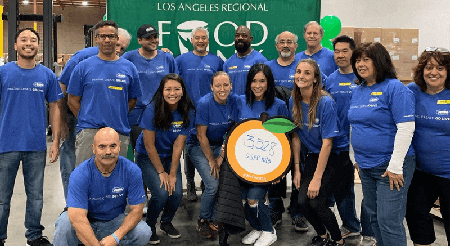The food and beverage industry is ever-evolving. It’s constantly adjusting to new consumer preferences and the market landscape. Recently, there has been a shift in focus as consumer-facing brands seek to connect with customers in smaller cities and towns. This shift presents a unique opportunity for the food and beverage industry to connect more deeply with its target audience. Let’s examine how food and beverage marketers can take advantage of current trends to better connect with local communities.

Food and Beverage Trends in 2023
Companies ' greatest strength will be knowing consumer preferences and tracking shifts in specific industries. Rather than assuming what people may like, rely on the data, and go from there! Listed below are the top trends we are seeing in the food and beverage industry to date.
- Sustainability
With increasing global awareness of environmental issues, consumers are changing their behavior and seeking out more sustainable product offerings. Searches for sustainable goods have increased by 71% worldwide, and a survey of 3,000 respondents across eight countries found that 75% of respondents believe environmental issues are as concerning as health issues.
- Local Sourcing
The local food trend continues to gain momentum. About 76% of adults say they’re more likely to visit restaurants that offer locally sourced food. Local food sales have grown at grocery stores, restaurants, and distributors. Even though direct-to-consumer outlets like farmers markets are experiencing a plateau in purchases, the focus on local products at other outlets contributes to the overall growth of this trend.
- Dietary Consciousness
More consumers are adopting flexible diets and seeking healthier options. More than 50% of global consumers now consider themselves flexitarians, incorporating animal- and plant-based or alternative proteins into their diets. Of these flexitarians, nearly two-thirds say they’re trying to incorporate more plant-based foods.
- Low-Alcohol Beverages
There has been a significant uptick in the consumption of better-for-you alcohol products, which has grown by 20% over the past year. As more people prioritize their health and wellness, the market for low-alcohol beverages is expected to grow from $978.75 million in 2022 to $1,314.20 million in 2030.
Trend-Based Strategies to Connect with Consumers
By tapping into what truly matters to people, businesses can demonstrate their commitment to consumers and build stronger bonds with local communities. Here are practical ways marketers can harness these trends to foster deeper connections.
- Commit to food and beverage sustainability. Follow eco-friendly practices, such as using reusable or recyclable service ware, composting, and donating unused food to local charities and shelters. Demonstrating this dedication to sustainable operations will work to build positive brand awareness at events.
- Include locally sourced food. Aim to use produce, dairy, and homemade items from nearby farms and gardens in event offerings. Promote the use of local ingredients to attract out-of-towners wanting to experience the region’s unique flavors to create lasting connections with consumers.
- Offer diverse, dietary-conscious optionsat corporate events. Providing such options will demonstrate sensitivity to evolving preferences and establish brands as thoughtful and inclusive partners in varying dietary journeys.
- Showcase an awareness of health-conscious trends by offering low-alcohol beverage options. Explore low-alcohol wine, beer, seltzers, kombuchas, and ciders. Including low-alcohol beverages will cater to health-conscious attendees and emphasize a commitment to supporting their lifestyle choices.
The food and beverage industry is constantly evolving; new and interesting trends emerge all the time. By embracing these trends and engaging with consumers in innovative ways, brands can build lasting relationships and promote their growth and success in a dynamic industry.







